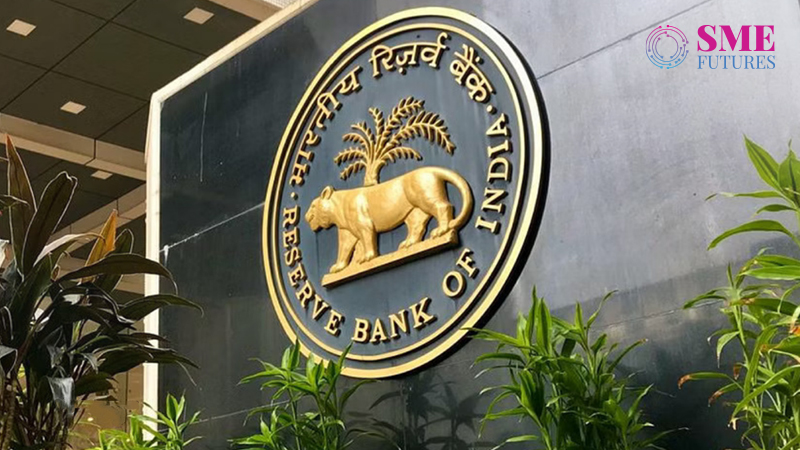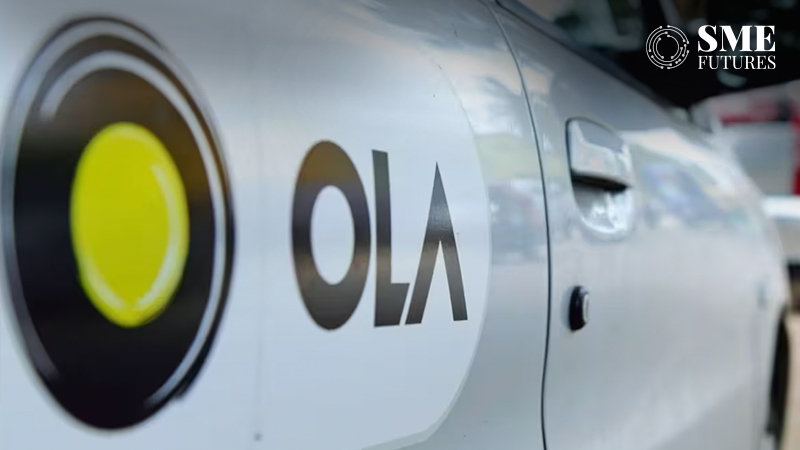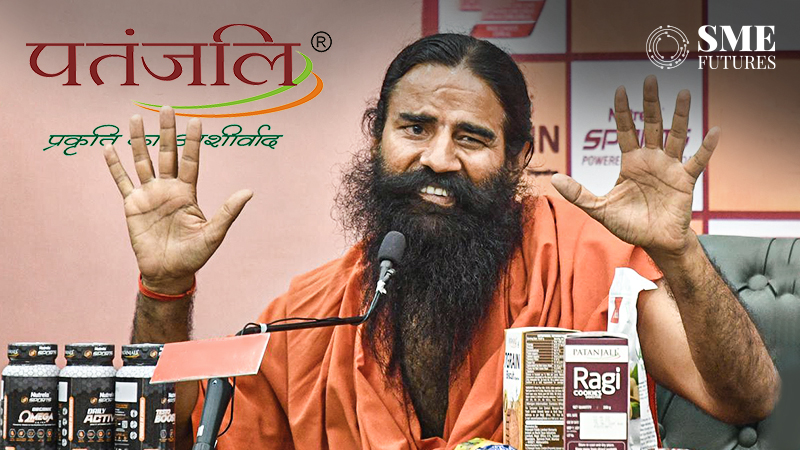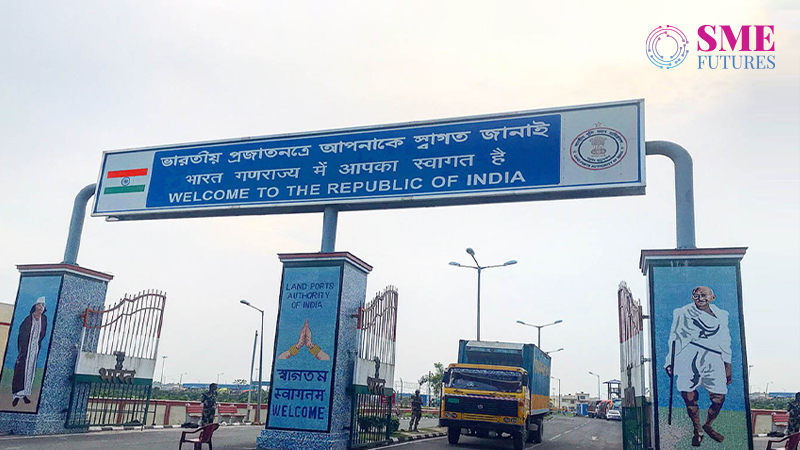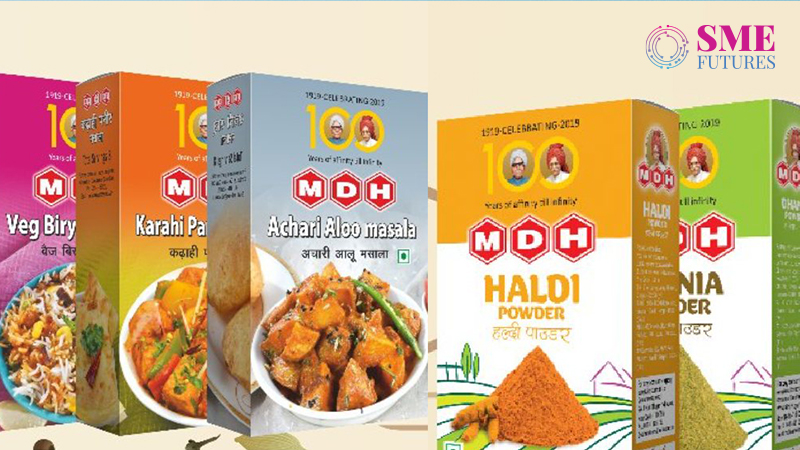We are set to build on big data of our large customer base and expand globally: CEO, PolicyBazaar
The rise of online media properties has accelerated the online sale of insurance policies, especially in non-metro cities. According to […]
Mastufa Ahmed May 31, 2018

MORE IN Interviews
Navigating the path to e-commerce success: Insights from trade policy expert
RegTech solutions can be a game changer in fintech regulatory scrutiny
From slum to CEO and now ‘Seema Aunty’ of Indian start-ups: Rahul Narvekar, The India Network
The rise of online media properties has accelerated the online sale of insurance policies, especially in non-metro cities. According to a study by Google, 82 per cent of non-metro respondents used the online medium to buy insurance which is 85 per cent in metro cities. Mobile devices have emerged as a favourable instrument to search for policies with 85 per cent of respondents using this medium.
Over the years, India has replicated several insurance-selling models, including aggregator, online and direct, from mature markets. One Indian company which has cashed in on the best of Western approach on aggregator, online and direct selling models is PolicyBazaar. The company, which claims to be “India’s largest and leading insurance aggregator website”, analyses the insurance products of various insurance policies based on price, quality and key benefits. The company also develops solutions leading to financial security and competitive returns. In the next five years, the company plans to turn its business global and expand its operational footprint.
PolicyBazaar also wants to create a new ecosystem, offering end-to-end medical care. There are some ongoing initiatives in this regard on the drawing board and the company will soon reveal details once it embarks on the implementation process.
SME Futures caught up with Yashish Dahiya, the co-founder and CEO of Policybazaar.com, to know more about the trends in insurance, new models of insurance-buying, rise of personalised insurance products and more.
How has insurance buying evolved in the last five years? Can you share insight on distribution channels and rise of personalised insurance products?
Increasing Internet penetration, the combined focus of the government and the private sector on digitisation, the emergence of new distribution channels, availability of more personalised products online and the increasing use of smartphones have together empowered the consumers contributing to a paradigm shift in how insurance is purchased over the past few years. In this sense, the biggest winner has been the online model.
Earlier, consumers did not have the luxury of comparing multiple insurance products from various insurers from the comfort of their homes before buying a policy that they truly needed. In this way, the insurance policy was being sold rather than being purchased. However, as described earlier, now consumers are comparing insurance, understanding the benefits in details and making a purchase. Due to these modern tools, the one size fits all approach has been eliminated as a result. According to news reports, the online insurance will facilitate the sale of Rs 3,000 to Rs 4,000 billion worth of insurance sales by 2020.
In fact, according to a study by Google, online channels have accelerated the sale of insurance in non-metro cities. In the past five years, mobile has emerged as a favourable instrument to search for policies online.
Which models do mature markets embrace? Do they take aggregator, online or direct approach? Which one is best suited for India?
Most mature markets such as the West have embraced all the three mentioned models of selling insurance. We have also replicated their approach as an aggregator, online and direct selling models exist in our ecosystem. However, in our case government thrust on digitalisation coupled with increased internet penetration and growing awareness levels of consumers will certainly act as a positive catalyst for insure-tech aggregators. Under the circumstances, we envision the scope and reach of this model to multiply exponentially. The inherent benefit of product comparison this model offers is what will drive consumers towards insurance marketplace as a natural choice of buying insurance. Owing to this, the future growth of standalone online operators will be governed by their ability to adapt and innovate. It is likely that to fend off competition, they may turn into an open architecture platform. However, direct selling through agents will continue in its present. One must appreciate the personal connection the agents have managed to cultivate with their consumers over the years and that cannot be written off.
Who do you compete with? And how is your service unique?
In 2017 alone we had over 100 million visitors, our sales grew YoY at over 100 per cent and we are facilitating the sale of nearly 3,00,000 policies each month. With a business growing on the scale as ours, our biggest challenge is to continuously improve our customer centricity and acquire as well as retain them. Since we are the biggest InsureTech aggregator, we compete with ourselves in this regard and strive for value creation.
We are unique because not only are we promoting transparency and preventing miss-selling though our approach, we are fast adopters of tech and innovation in this regard. We have introduced an industry-first feature of Self Inspection Video to renew lapsed motor insurance eliminating the need for physical inspection of the vehicle and reducing the renewable time from 3-5 days to a matter of few hours. Similarly, we are adopting Amazon’s Polly, a Text-to-Speech system for enhancing customer experience. Our in-house innovation PBee chatbot is already making waves in the industry and our customer satisfaction has gone up substantially and reduced the time spent on addressing customer queries. We also do not indulge in the practice of cold calling. So in this sense, we are unique and promoting customer-first approach.
How do you plan to diversify your online insurance portfolio? Any plans for SME insurance?
We have been able to consolidate our leadership position in the insure-tech ecosystem. Within a short span of 10 years, Policybazaar portfolio contributes to 20 per cent of India’s life cover, around seven per cent of retail health business, six per cent of motor insurance and 1.5 per cent of two-wheeler insurance. In fact, we facilitate 50 per cent of online insurance business in India and our persistence stands at a significantly higher 95 per cent as opposed to the industry average of 65 per cent. We understand that to maintain our impressive growth trajectory, we will need to diversify. Therefore, we are focusing on co-creating new products with our partners. With a hike in the number of Indian’s travelling abroad or buying vehicles, travel and motor are a big focus area for us. We are also creating new age group mediclaim products. SME is on our agenda and work is in progress on it.
What are some of your investment areas for the future and what are the drivers for them?
Customer centricity is ingrained in the DNA of our organisation. Thus, moving forward most of the investment will be done in that direction. This will be done through improving product offerings, development and implementation of new innovations to simplify the purpose further and at the same time explore new areas of business venture, which will complement our existing model.
How do you see the entrepreneurship landscape in India today? How do you see the role of government here?
The entrepreneurial landscape has undergone a sea change over the last few years. People are not averse to taking risks and experimenting with ideas. With global VC funds raising India specific funds, cash flow for ideas, which have the potential to disrupt the market. Hence, the time is ripe for the entrepreneurs to take the plunge and create something that adds value to the consumers. Hopefully, over the next decade, we will see more start-ups flourishing. In a country of over a billion people, they will be instrumental in job creation. We must also give credit to the government which is encouraging entrepreneurship through IITs and other institutions by providing seed funding and turning them into incubation hubs.
Tell us about the biggest entrepreneurial challenge.
Entrepreneurs when starting out face a slew of issues. The most common are funding and the ability to build a dedicated vision implementation team. However, in our case, those were not the issues that bothered us. The biggest impediment to accomplishing our goals was a lack of prevalent transparency in the insurance business attributed to the rampant miss-selling that had been going on before the advent of our marketplace. Another challenge we faced was encouraging the potential customers to switch from traditional procurement methodologies to an online portal as ours, which was not heard off when we began operations. Finally changing the perception of people towards the need and utility of purchasing insurance was a roadblock to fulfilling what we as a brand had set out to accomplish. There was not an iota of doubt in our minds that our success will largely depend on our ability to address these tripartite issues.
How did you overcome these challenges?
Our approach was pragmatic and simple. Once the problem areas had been identified, we set out to tackle them by addressing the root cause of the challenges, which was a lack of awareness. We decided to systematically resolve these issues and in the first phase focused on capacity building of consumers through awareness and were able to effectively use the extensive reach of traditional as well as social media in this regard.
We also launched numerous campaigns to systematically educate our customers about what we do and the benefits they can reap by using our marketplace. This was followed by the launch of numerous product-related advocacy campaigns, such as Compare Karo, Ullu mat bano, a campaign featuring Akshay Kumar promoting term and health products and a product-led campaign Nivesh Kar Befikar to educate and create awareness on new age or fourth-generation ULIPs as a better investment tool in the market. We have managed to fulfil our objectives in this regard.
The fact that we are facilitating close to 3,00,000 transactions, receive 100 million visitors on our website and have a persistency rate of 95 per cent in comparison to the industry average of 65 per cent, we can rightfully claim to have been accepted by our consumers.
Where do you see PolicyBazaar five years down the line?
Our five-year plan can be viewed both from short-term and long-term perspectives. In the short term (next two to three years), our primary task will be augmenting our operations and focussing on customer-centric technological and product innovations, supported by big data and data analytics derived from the robust data architecture we have created over the years. In the long term (five years), it is our endeavour to turn our business global and expand the footprint of our operations. Besides this, we also want to create a new ecosystem offering end-to-end medical care. There are some ongoing initiatives in this regard on the drawing board and more information will be revealed once we embark on the implementation process. We recognise the fact that to continue being industry leaders in the era of liberalisation, globalisation and privatisation, adaption and foresight will be the key.
